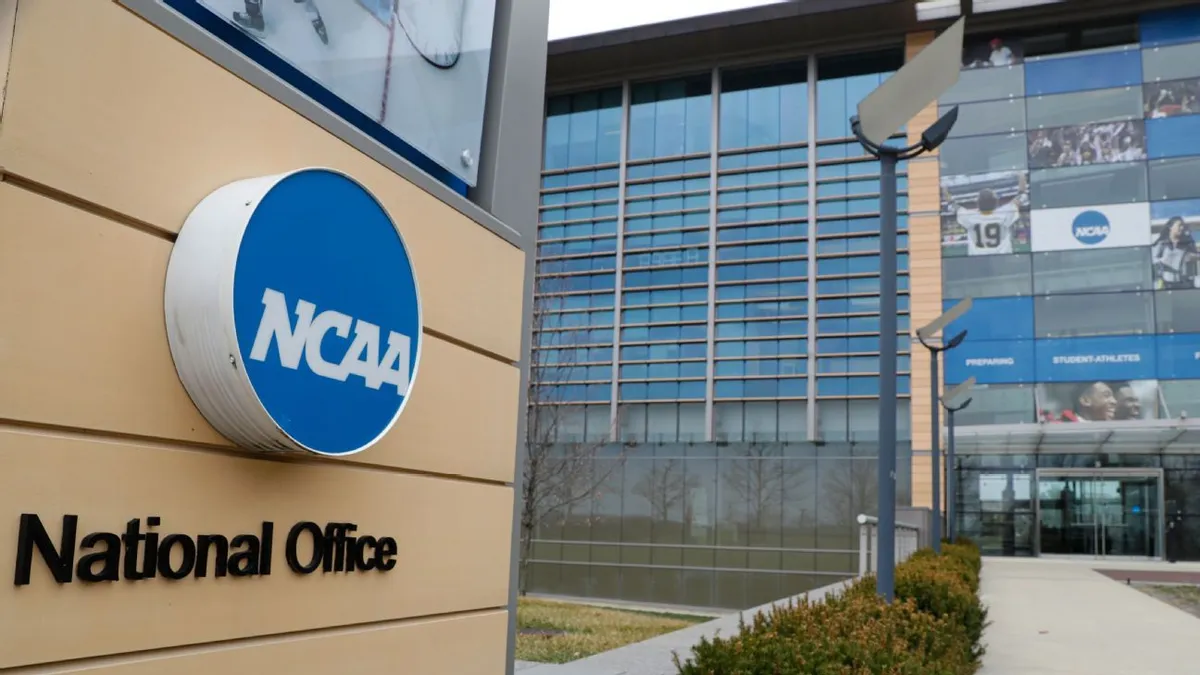
On Friday night, college sports experienced a historic transformation as a federal court approved a legal settlement allowing schools to directly pay their athletes. This groundbreaking decision, made by Judge Claudia Wilken, is set to redefine the NCAA rules governing student-athlete compensation. The journey to this momentous change began over 20 years ago, with a long-standing battle aimed at allowing players to share in the financial success of an industry that has largely moved beyond its amateur roots. While this ruling marks a significant milestone, players and administrators alike view it as a new starting point for the future of college athletics rather than a conclusion.
Starting July 1, schools across the nation will be permitted to spend approximately $20.5 million in new payments to their athletes. This figure is based on a negotiated formula that caps athlete payments at 22% of the average annual revenue generated by FBS-level schools from various sources, including ticket sales and broadcast rights. The cap is set to increase periodically over the next ten years as school revenues grow, with projections suggesting it could exceed $30 million annually by the end of the settlement period. Each athletic department will have the discretion to determine how to allocate these funds among their athletes, although preliminary reports indicate that a significant portion, potentially up to 90%, will be directed towards football and men's basketball players.
In addition to the new payment structure, athletes will continue to have the opportunity to earn money through the rights to their name, image, and likeness (NIL) agreements with third parties. The settlement introduces a new organization, the College Sports Commission, which aims to prevent boosters from exploiting NIL deals as a means to provide additional salary payments. Despite this, many teams are already collaborating with booster collectives to explore innovative ways to supplement their payrolls while adhering to the new regulations.
The settlement resolves a trio of federal antitrust lawsuits that could have undermined the NCAA's financial stability. However, it does not eliminate the numerous legal challenges facing the college sports industry. The contracts being signed by athletes may bolster arguments that some college players should be classified as employees of their respective schools. Furthermore, the NCAA is currently defending against over a dozen lawsuits that question the rules governing athletes' eligibility and duration in college sports.
NCAA president Charlie Baker and other officials believe that the resolution of ongoing legal issues requires congressional intervention. They are advocating for new legislation that would prevent athletes from being classified as employees while granting the NCAA an antitrust exemption to regulate players' earning capabilities. Baker expressed hope that the compromises made in the settlement would motivate Congress to take action in the near future.
Many athletes and their advocates argue that collective bargaining is the most effective way to address the remaining legal challenges in the industry. Unlike professional sports leagues, college athletes cannot form unions, which complicates the ability to negotiate salary caps and transfer restrictions. Sedona Prince, a lead plaintiff in one of the lawsuits leading to the settlement, emphasized the importance of this settlement as a foundation for future improvements in player representation and health. She noted, "We just walked into a new world. It's a guideline for us to build and add to in the future."
As the landscape of college sports continues to evolve, both athletes and administrators are bracing for the next phases of this ongoing battle, which will undoubtedly play out in courtrooms and congressional halls for years to come.